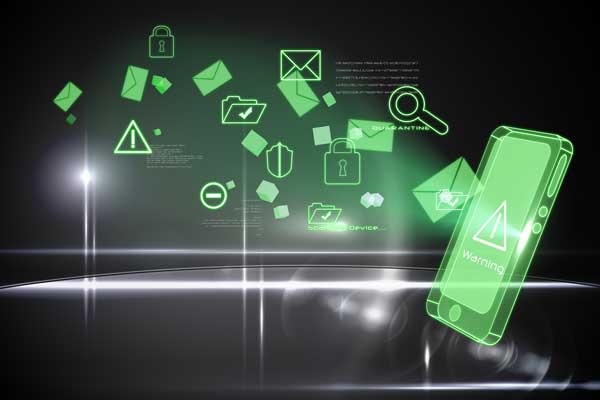In today’s digital age, email security has become a paramount concern for businesses and individuals alike. One of the most effective ways to ensure the authenticity of your emails and prevent spoofing attempts is through the implementation of DMARC (Domain-based Message Authentication, Reporting, and Conformance). This comprehensive guide will delve into the intricacies of DMARC, its functionalities, and how it can significantly enhance your email security measures.

What is DMARC?
DMARC is an email authentication protocol that works in conjunction with two existing email authentication mechanisms: SPF (Sender Policy Framework) and DKIM (DomainKeys Identified Mail). It provides a standardized way for email senders to communicate their authentication policies to email receivers, enabling them to identify and filter out potentially spoofed or forged emails.
How DMARC Works
The Three Components of DMARC Authentication
DMARC authenticates email messages by verifying three key components:
- The “From” email address: DMARC checks the domain associated with the “From” address to ensure it matches the domain specified in the DMARC record.
- The return-path (also known as the “envelope from” address): This is the address to which bounce notifications are sent. DMARC verifies that this address is authorized to send emails on behalf of the domain by checking the Sender Policy Framework (SPF) record.
- The DKIM signature: DMARC validates the DomainKeys Identified Mail (DKIM) signature, which is a cryptographic signature that authenticates the email’s origin and ensures its integrity.
Understanding the DMARC Record
The DMARC record is a text entry in your DNS (Domain Name System) that specifies your email authentication policies and reporting preferences. It consists of several components, including the version, policy, reporting email addresses, and optional settings for DKIM and SPF strictness.
The policy component is particularly crucial as it determines how email receivers should handle messages that fail DMARC authentication. The two main options are “none” (monitoring mode) and “reject” (rejection mode). It is recommended to start with a “none” policy, monitor your email flows for at least 30 days, and then transition to a “reject” policy to prevent unauthorized parties from spoofing your domain.
Benefits of Implementing DMARC
Enhanced Email Authentication and Anti-Spoofing
By implementing DMARC, you significantly reduce the risk of email spoofing, which can lead to phishing attacks, spam campaigns, and other malicious activities. DMARC ensures that only authorized sources can send emails from your domain, preventing unauthorized parties from impersonating your organization or individuals within it.
Furthermore, DMARC provides a centralized reporting mechanism, allowing you to receive detailed reports on email authentication failures and potential spoofing attempts. These reports can help you identify and address any vulnerabilities or misconfigurations in your email infrastructure, further strengthening your email security posture.
Improved Email Deliverability and Reputation
By implementing DMARC, you demonstrate to email receivers that your organization takes email authentication seriously. This can positively impact your email deliverability rates, as email providers are more likely to trust and deliver messages from domains with proper DMARC configurations.
Additionally, DMARC helps protect your organization’s reputation by preventing unauthorized parties from sending emails that appear to be from your domain. This can mitigate the risk of your domain being blacklisted or associated with spam or phishing activities, which can severely damage your brand’s credibility and trustworthiness.
Conclusion
In the ever-evolving landscape of cybersecurity threats, implementing DMARC is an essential step towards fortifying your email security measures. By leveraging the combined power of SPF, DKIM, and DMARC, you can effectively authenticate your outgoing emails, prevent spoofing attempts, and maintain a strong reputation for email deliverability. Embrace DMARC as a crucial component of your email security strategy and safeguard your organization’s digital communications from potential threats.